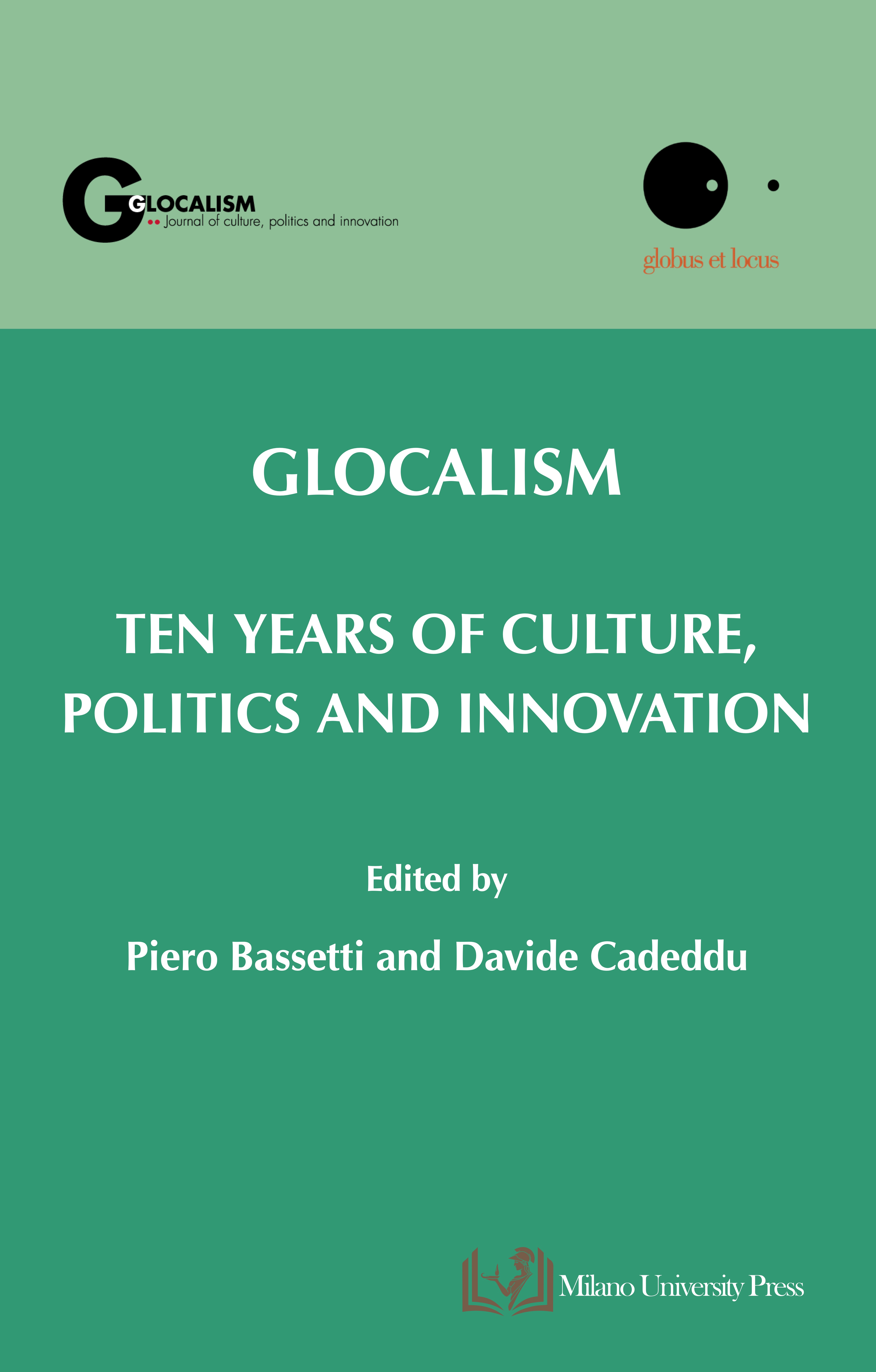Periurbanisation and Livelihood Practices: Exploring Everyday Life and Social Inequities in a Changing Agrarian Economy
DOI:
https://doi.org/10.12893/gjcpi.2020.3.16Keywords:
Bangalore, market integration, periurbanisation, resource access, social groupsAbstract
Global phenomena such as urbanisation interact with the peripheries of cities by mediating through markets of land, labour, and agriculture, impacting livelihood practices of diverse communities. Through the lens of glocalisation, this paper examines the transitions in livelihood practices by examining how people mediate and negotiate with the forces of periurbanisation in their everyday life. It also examines how people construct and narrate these experiences across intersectional contexts of class, caste, gender, and age. The study region is located in the peripheries of the global city Bangalore. It draws from interviews conducted between September 2019 and March 2020, that capture practices, experiences, resource access, and changing context. While the study region witnessed a progressive linking of agriculture, labour, and land markets that spanned across regional and global levels, these markets interacted with each other resulting in a decline and localised agriculture system. People engaged with these changing markets based on their capacities of access to resources, while these engagements are also subject to interactions with state, non-state, and social institutions. However, since social groups across caste, gender, and age have skewed access to land and education that are critical for an engagement with a declining agrarian economy, the periurban process also has skewed implications resulting in persistent inequities.
Downloads

Downloads
Published
Issue
Section
License

This work is licensed under a Creative Commons Attribution-ShareAlike 4.0 International License.










